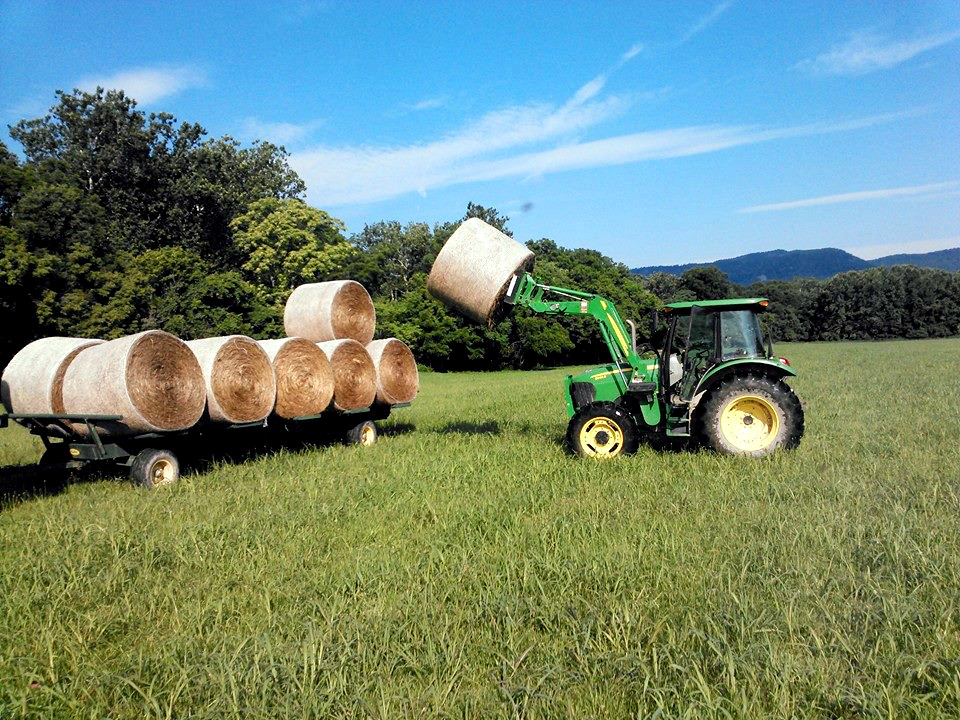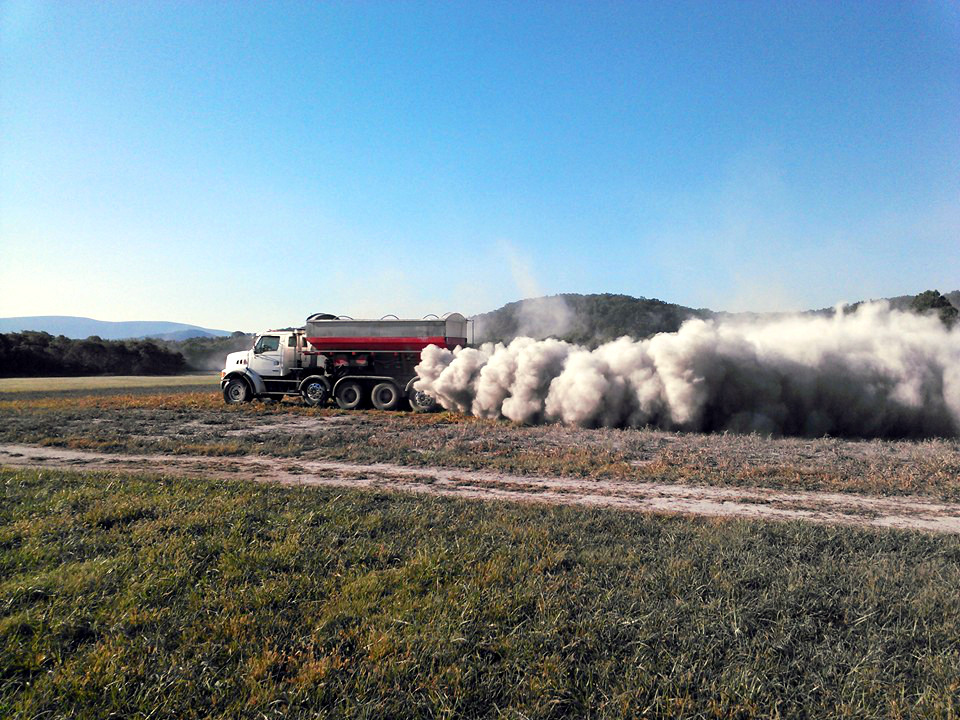Do I need Lime?
As crops grow, they absorb nutrients like calcium and magnesium from the soil. Over repeated harvests these nutrients grow scarce, lowering soil pH and leaving your fields acidic. Acidic soil can lower crop yields and make fertilizer less effective.
Lime reverses this process by raising the pH of your soil, improving the uptake of nutrients like nitrogen, phosphorus, and potasium. It also restores the essential calcium and magnesium needed for plant growth.
Adequate liming makes your fertilizer dollars go farther by helping your crops to absorb more of the nutrients in the soil.
Soil Testing
If you are unsure whether your field needs lime, soil sampling is the best way to find out. The Virginia Tech Soil Testing Lab offers free soil analysis for commercial farmers, and charges a nominal fee for others.
You can pick up soil sample boxes and informational sheets at your local Virginia Cooperative Extension office.

How often do I need lime?
The frequency at which you'll need to apply lime depends on several factors including soil type and cropping intensity. Nitrogen fertilizers in particular can acidify soil over time. Overall, the more crops are grown on a field, the more quickly it becomes acidic, and the more frequently it will require lime.
When to lime
Lime can be applied any time of year that the ground will support the heavy trucks. It can take a while for lime to correct the pH of a field, so ideally lime should be spread a few months before planting crops. The best time to lime is as soon as you've determined your soil needs it. You can avoid the busy season by calling us in the summer for hay and pasture land.
